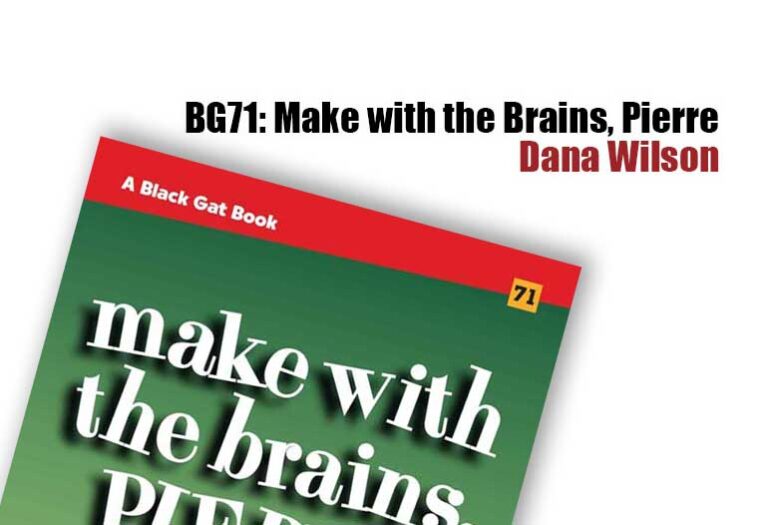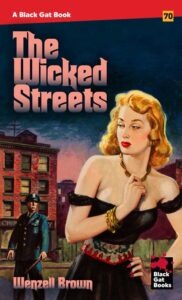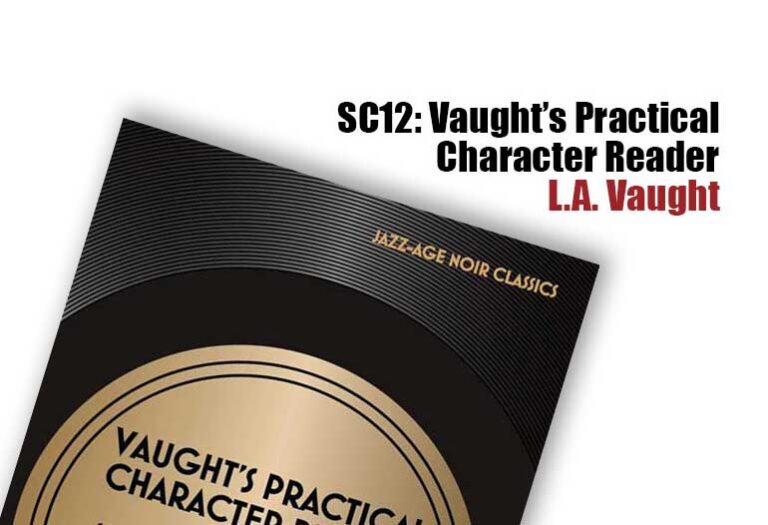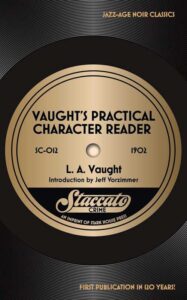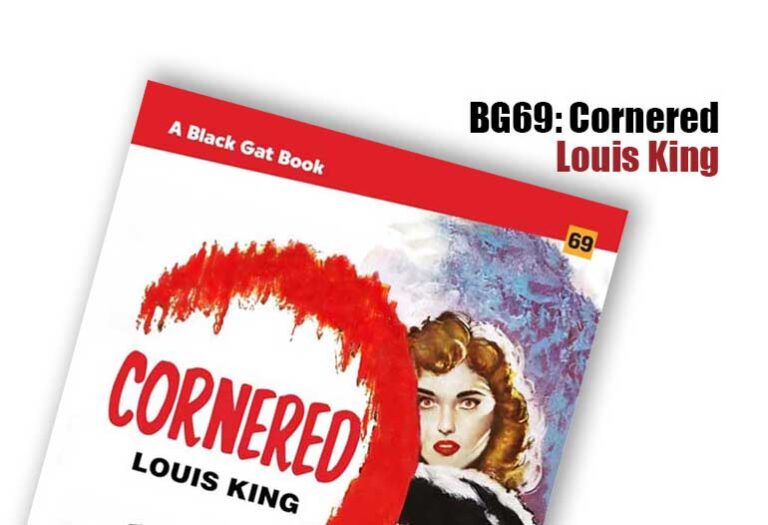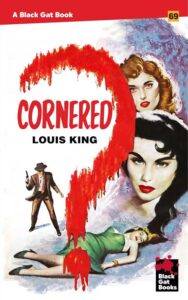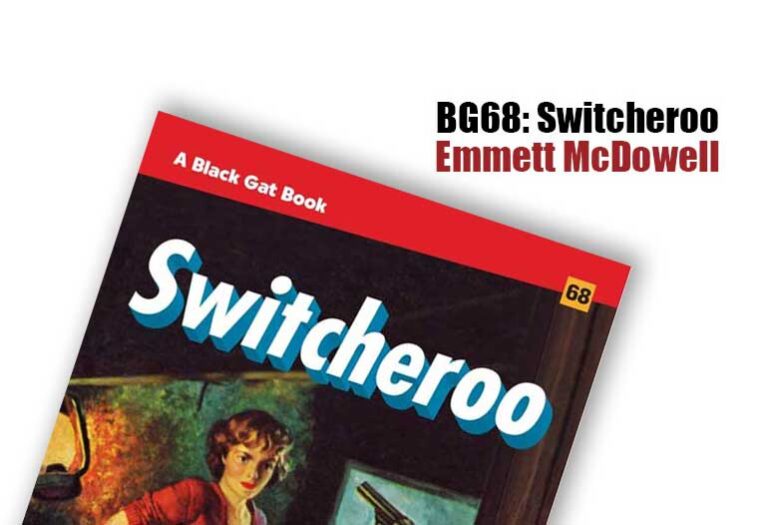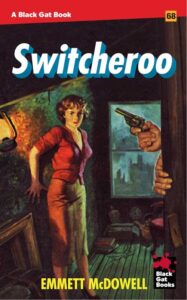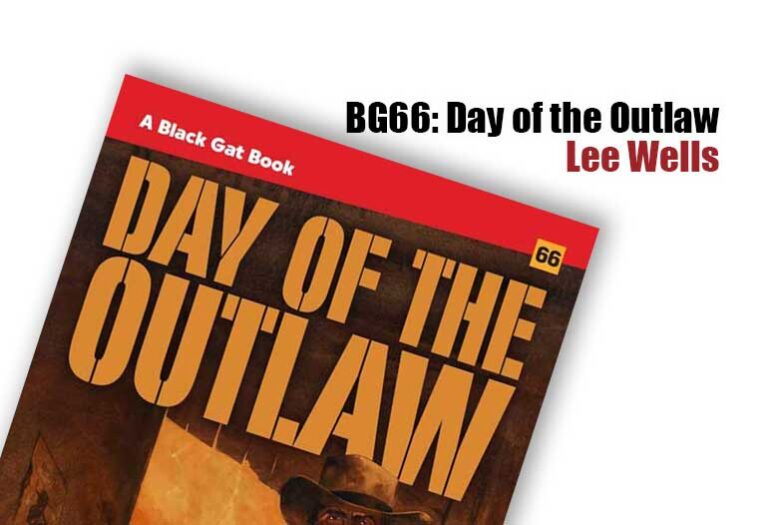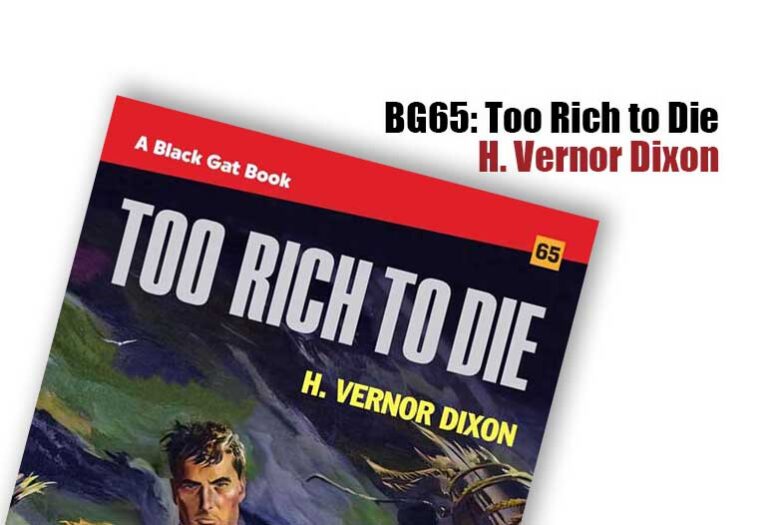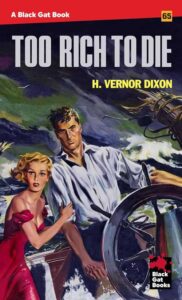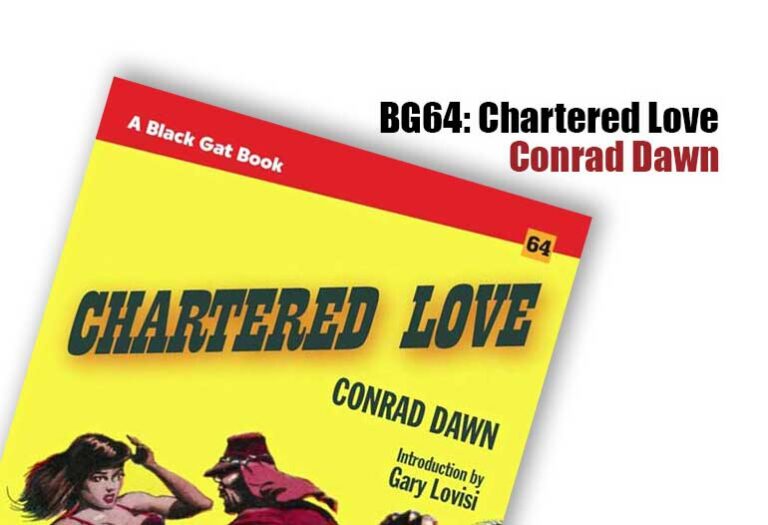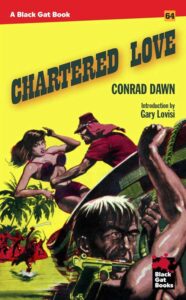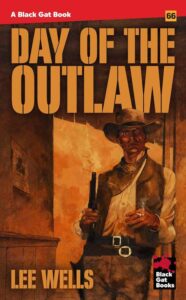 Black Gat No. 66 January 2025
Black Gat No. 66 January 2025
Accountant turned pulp fiction writer Lee Wells (1907–1982) began his writing career with short stories for pulp magazines until about 1940, when he switched his focus novels. He wrote mostly westerns, and this Black Gat reprint from 1955, may be his most famous one. It was filmed by André de Toth in 1959, starring Robert Ryan, Burl Ives, and Tina Louise.
Day of the Outlaw was Wells’ eleventh novel, so he was deep into the territory and packed in just about every conflict you can think of: man against man, man against nature, and man against himself. The friction starts between Blaise Starrett owner of the Star Ranch and his foreman Dan Murdock. Starrett has designs on his rival Hal Crane’s ranch, and presses Murdock to help him get it by any means possible. Add to that, they’re both smitten by Paula Preston, whose father runs the lumberyard in the town of Bitters, aptly named for both the weather it endures, and the drama that ensues as the novel’s title comes into play.
Jack Bruhn and his gang of nine, fresh off the trail with $50 Gs in loot, need a place to hide out for a short bit and the Wyoming Bar in Bitters looks to fit the bill. There is no law in Bitters, so Bruhn and his gang have no trouble confiscating all the weapons in town and taking over.
Meanwhile, a relentless rain leaves the streets and surrounding prairie a sucking slog that makes leaving or reaching the town from outside, impossible. The outlaws can relax, drink whiskey, play cards, and flirt with every young thing in their wake. Any posse that may be in pursuit can’t reach them, and they bide their time until the trail dries up a bit.
Tension mounts in every direction. Not all the outlaws are happy with their leader—or each other. The townsfolk want to fight back, but without weapons, feel miserable and helpless. Despite these stressors, romance blooms in several hearts, some real and some deceitful, some doubtful, and some unrequited.
The outlaws scour every home and business in the small town for guns. But they miss one, and spark the beginning of a counterattack. As tensions grow in every direction, there are fist fights and gun fights; and casualties. The action is frequent and raucous as Murdock, the story’s hero, frantically reaches for a foothold to turn things his way.
Wells revisits nearly every conflict he creates in an effort to increase the suspense and anxiety of his characters. Sometimes it works, but other times in slows the action a mite. Nevertheless, he’s written a kinetic wildfire about to ignite with the flick of a smoldering cigarette. Now, I’m anxious to see the movie.
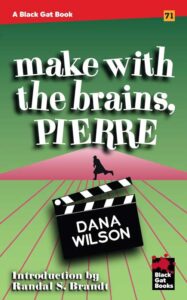 Frenchman Pierre Bernet is a furloughed film cutter. (I’d call him a film editor, but perhaps film cutter was either the formal or informal designation in 1940s Hollywood.) What makes this novel a crime story is the fact that poor Pierre is contracted to exhume a scripted narrative from a catalog of an actor’s filmography. Unbeknown to Pierre, his client will then insert the second half of the conversation to create an entirely fictitious piece of testimony.
Frenchman Pierre Bernet is a furloughed film cutter. (I’d call him a film editor, but perhaps film cutter was either the formal or informal designation in 1940s Hollywood.) What makes this novel a crime story is the fact that poor Pierre is contracted to exhume a scripted narrative from a catalog of an actor’s filmography. Unbeknown to Pierre, his client will then insert the second half of the conversation to create an entirely fictitious piece of testimony.
